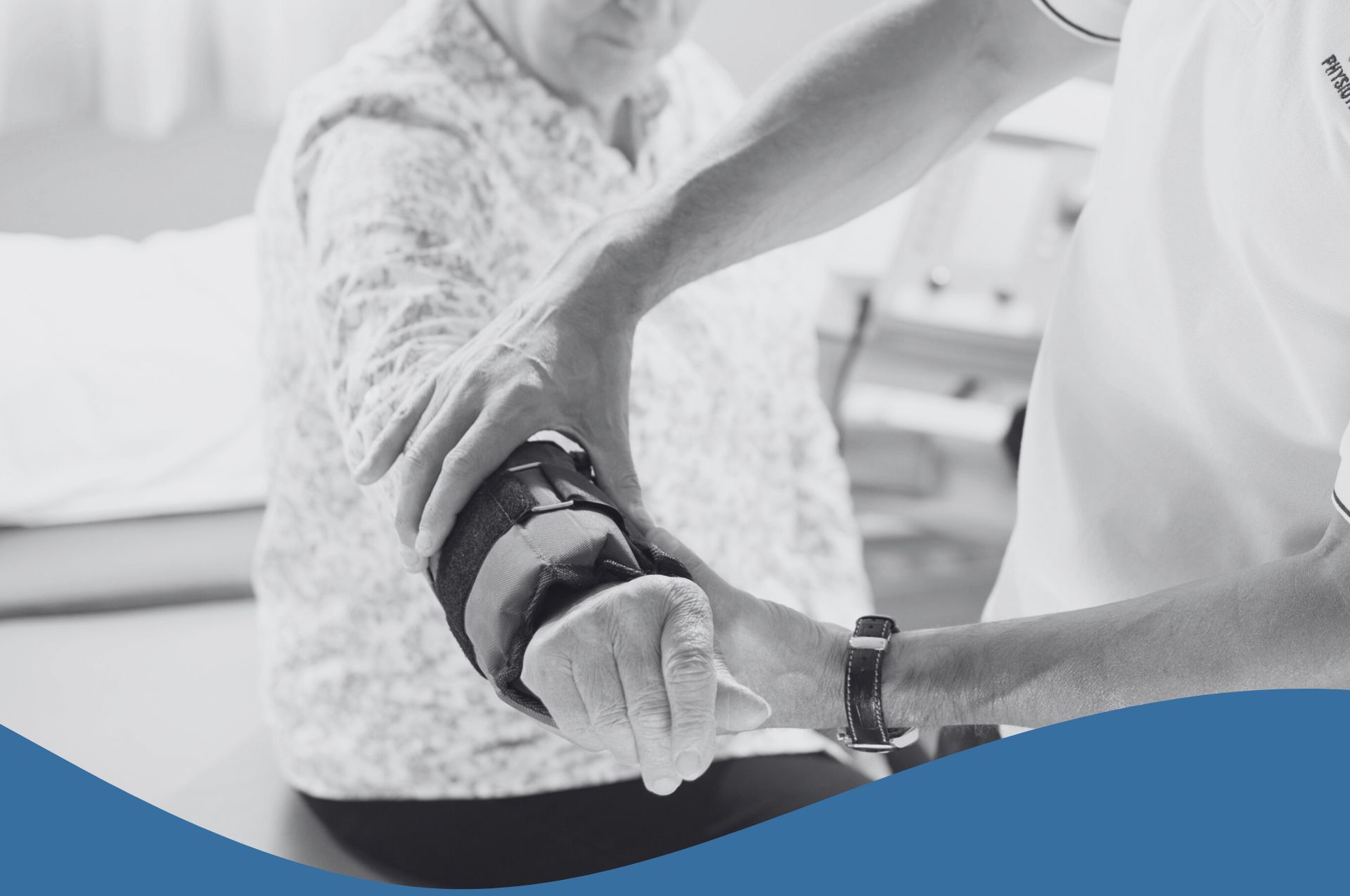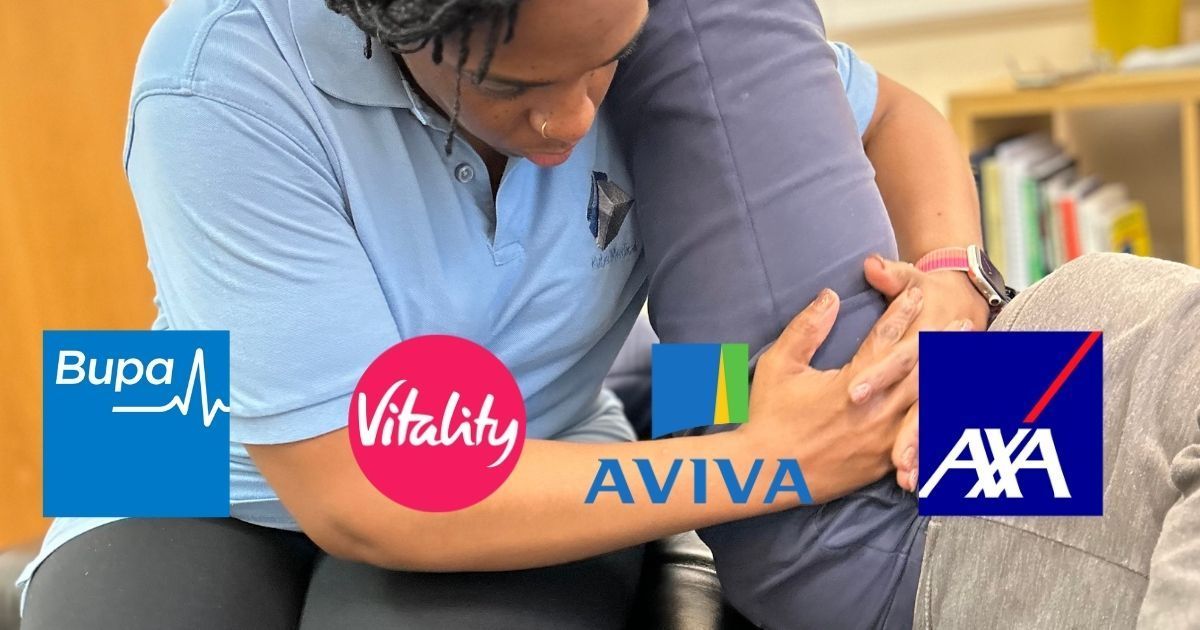What Does A Physiotherapist Do?
Patrick Campbell • 12 June 2021
There are a wide range of health conditions and injuries that can affect the mobility of a person. Disability and ageing can also affect people's ability to move and function comfortably.
Physiotherapy
is a specialisation devoted to helping people improve movement that has been adversely affected by said conditions. It also aids in reducing pain so that the person affected can enjoy a better quality of life.
Physiotherapy
is a specialisation devoted to helping people improve movement that has been adversely affected by said conditions. It also aids in reducing pain so that the person affected can enjoy a better quality of life.
In the medical community, physiotherapists receive the most referrals as they are often seen as instrumental in helping patients that are recovering to alleviate pain and return to normal function. They are evidence-based practitioners that focus on physical treatments rather than medications and surgery.
Physiotherapists are often associated with the treatment of back problems and sports injuries. However, there is much more to what these professionals can do. Many of the injuries they handle can be a result of poor lifestyle habits, accidents, and even weight problems. The treatments offered are aimed at allowing patients to regain or improve independence in their everyday activities.
What Physiotherapists Do
Physiotherapy can be segmented in different ways. Some practitioners will focus on particular niches according to the type of patient. Some focus on sports medicine, working with the disabled, paediatrics, seniors, and women’s health, to name a few. The conditions they will handle will often relate to the different body systems we rely on to live and function. These include:
- Musculoskeletal– This mainly deals with orthopaedic conditions such as back pain, arthritis, sports injuries, sprains, whiplash cases, and more.
- Neurological – These deal with conditions related to the nervous system and can include multiple sclerosis, stroke, and other brain injuries.
- Cardiothoracic – Relates to conditions affecting the heart and its support system, including heart, attacks, heart disease, and hypertension.
- Respiratory – This applies to conditions like asthma, cystic fibrosis, and others that affect the ability of a person to breathe normally.
When undertaking treatment of patients, physiotherapists will primarily consider three types of treatment options. Depending on the condition of the patient and their ailment, the practitioner may recommend pursuing one or a combination of these treatments for the best results. The treatments they provide can include:
- Manual Therapies – This is whereby the physiotherapist will use their hands to manipulate, mobilise, resistance train, stretch, and/or massage body tissues. These therapies can be used to reduce pain, improve circulation and mobility, and promote relaxation. In certain parts of the body, manual therapy can also be used to aid in draining fluid.
- Exercise – Physiotherapists can develop exercise programmes for their patients that will help them improve their mobility and function in a specifically affected body part. Once trained on the specific exercises, the patients are expected to continue repeating them for a length of time before review. Practitioners may also prescribe certain physical activities that benefit the entire body like swimming and walking to also aid in recovering mobility and function. With whatever exercise or activity prescribed, physiotherapists will provide instruction on form and posture to avoid the patient injuring themselves.
- Electrotherapy – Here there is some form of electrical devices used in treatment. With the Transcutaneous Electrical Nerve Stimulation (TENS), a small device is used to generate electric currents that when applied to certain areas can relieve pain. Ultrasounds can be used to boost circulation and reduce pain and spasms.
- Education – Physiotherapists will often delve into the lifestyle and eating habits of patients to see if there is room for improvement. They take into consideration regular habits that could be contributing to their pain and hampering recovery. For instance, bad posture and smoking could be contributing factors to back pain. These practitioners offer advice on how to lead a healthier life that will make recovery faster and long-lasting
Other forms of treatment that can also be prescribed include acupuncture for improved circulation and pain relief, and hydrotherapy where the warm water can have a soothing effect and offer buoyancy for easier exercise. These and electrotherapy have limited science-based evidence of being effective. However, since some patients report benefits, they may be prescribed if more conventional treatments prove less effective.
How Treatment Works
Just as with other medical practitioners, physiotherapists take a scientific approach to their treatments. It starts with an assessment of the patient to determine if the problem they are facing is best treated through physiotherapy. This will involve taking a medical history and discussion of the patient’s current state and what they hope to achieve.
If the physiotherapist deems it fit, they may request further tests and scans. The physiotherapist will then prescribe a tailored treatment plan that will aid in this recovery. This can involve treatments at the physiotherapist’s office and exercises and other lifestyle recommendations that patients should abide by as prescribed between sessions and beyond.
A review will be periodically done to determine how effective the treatments are in helping the patient. If not working as expected, other therapies may be considered.
Finding A Physiotherapist
You can easily get a referral to a physiotherapist
from your doctor. You may also find them on staff at your local GP. It is also possible to privately and directly book an appointment to see this specialist. This may however mean having to pay out of pocket for the treatment.
Whichever way you connect to a physiotherapist, ensure they are properly accredited and a duly registered healthcare professional. Check with the Chartered Society of Physiotherapy (CSP)
and the Health & Care Professions Council (HCPC).

At Kube medical, we believe high-quality physiotherapy should be accessible, comfortable, and convenient. That’s why we provide professional home-visit physiotherapy services, helping you recover in the comfort of your own home and at a time that fits your lifestyle. Whether you're recovering after surgery or trying to fit treatment around a busy schedule, our personalised approach ensures you feel supported, motivated and confident every step of the way.

As the days get shorter and the air turns crisp, many of us start dreaming about fresh powder, mountain air, and that first exhilarating run of the ski season. But before you dust off your boots, it’s worth thinking about one crucial thing: your body’s readiness. Whether you’re a seasoned skier eager to hit the slopes from day one, or an occasional skier looking to make the most of a long-awaited trip, a little “pre-hab” — preparing your body in advance — can make all the difference between an enjoyable week on the mountain and one cut short by fatigue or injury.

There’s no easy way to put it — the sudden closure of Private Midwives has left a real void, both professionally and personally, for many highly experienced tongue tie practitioners. It’s disrupted livelihoods, interrupted the continuity of care for families, and forced many to face a wave of uncertainty.








